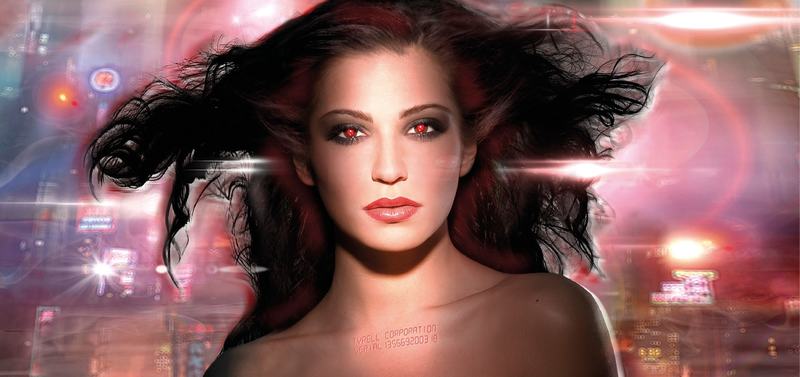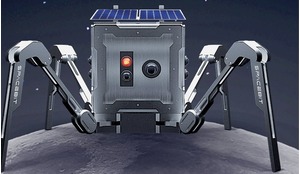The big themes of the original 1980s Blade Runner film were the bleak but poetically beautiful, dystopian world of all-consuming technology and the sad plight of the Replicants, who were the unhappy offspring of big business playing God. Now there is a long-awaited sequel - Blade Runner 2049. In a thought-provoking preview for ROOM prior to the film’s 6 October release, author Guerric de Crombrugghe dips into the sci-fi noir world of 2019 as envisaged by the original film and suggests what might, or might not have, come to pass.
You are comfortably seated, the lights fade out, the theatre is silent. Loud slow-tempo futuristic music straight from the 1980s gradually fills the room. A text starts to run on the screen: ‘Early in the 21st Century, the Tyrell Corporation advanced robot evolution into the Nexus 6 phase - a being virtually identical to a human - known as a Replicant. The Nexus 6 Replicants were superior in strength and agility, and at least equal in intelligence, to the genetic engineers who created them. Replicants were used Off-world as slave labour, in the hazardous exploration and colonization of other planets. After a bloody mutiny by a Nexus 6 combat team in an Off-world colony, Replicants were declared illegal on Earth - under penalty of death. Special police squads - Blade Runner units - had orders to shoot to kill, upon detection, any trespassing Replicant.’.
The picture transitions to a dystopian vision of Los Angeles. An endless urban sprawl of tall, dark buildings lit by gigantic over-saturated neon advertisements and mesmerizing chimneys bursting clouds of fire. A world in which inpiduals are crushed by a mercantile society’s unstoppable momentum. Blade Runner had begun... probably one of the best opening scenes in the history of cinema..
To be fair, all the ingredients were there for a fantastic movie. First, an excellent book on which the story is - loosely - based: Do Androids Dream of Electric Sheep, written by none other than Philip K. Dick as a way of exploring his conviction that love and compassion were the crucial differences between man and machine. Second, Ridley Scott in the director’s seat, accompanied by an excellent line-up of actors. Third, an unforgettable soundtrack by Vangelis. The rest flowed naturally..
The movie comes a few years after Scott’s other sci-fi masterpiece, Alien. He develops, in Blade Runner, a similar neo-noir atmosphere, albeit this time set in a decaying city rather than on a spacecraft. This particular view of the future would later become an inspiration for countless films, including the obvious Dark City, Matrix and Minority Report. By the way, the latter is also based on a novel by Philip K. Dick..
Delve further into the world of Blade Runner with the full version of Guerric de Crombrugghe's preview of the film, available now to our subscribers.














